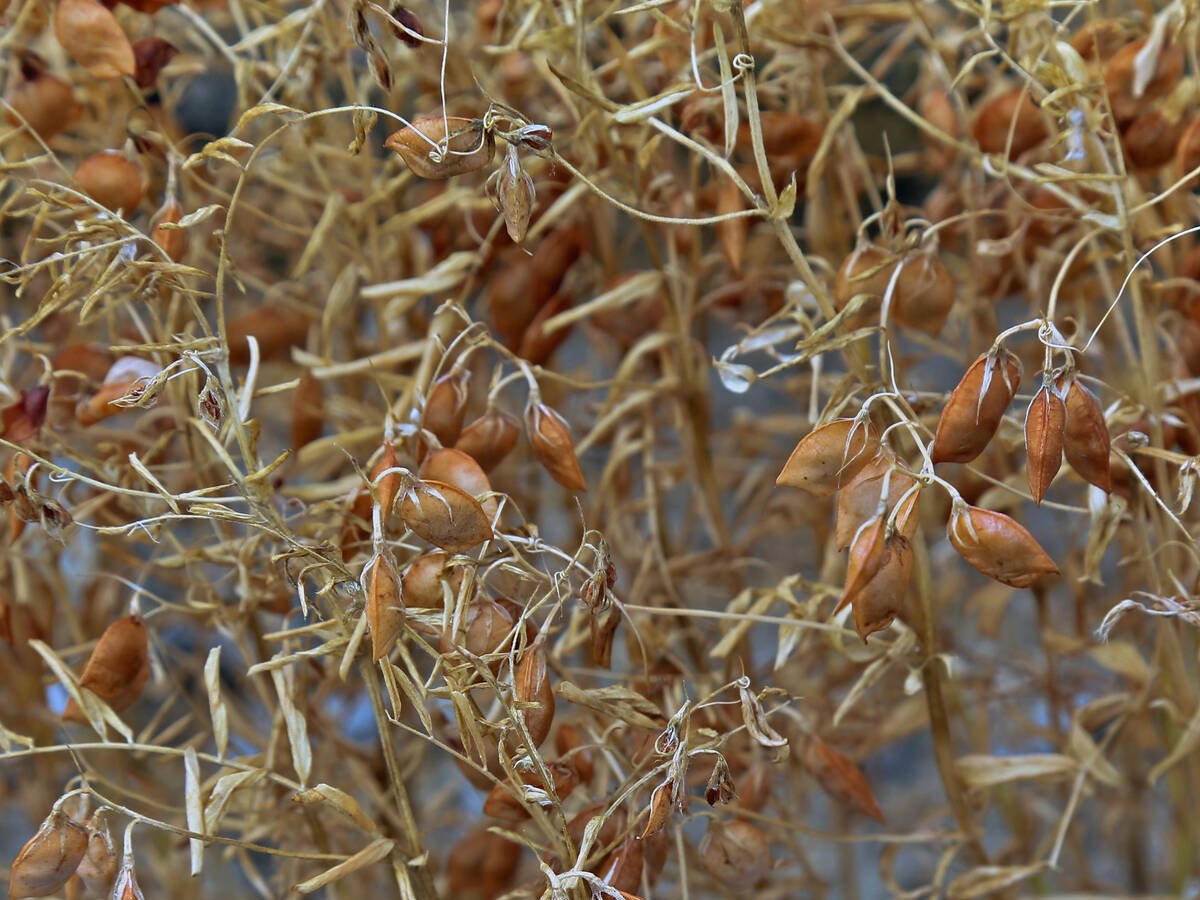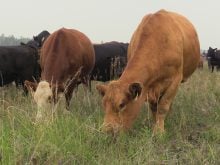This cattle market information is selected from the weekly report from Canfax, a division of the Canadian Cattlemen’s Association. More market information, analysis and statistics are available by becoming a Canfax subscriber by calling 403-275-5110 or at www.canfax.ca.
Fed prices rise
Alberta fed prices saw modest gains over the past five weeks thanks to sporadic American buying interest. Two-tier cash market pricing continued last week, with premiums to the local bids available for exportable fed cattle that met U.S. grade specs. Local dressed sales were reported fully steady with thin trade seen the previous week at $304-$305 per hundredweight delivered. Kill schedules were pushed out to the second week of January.
Read Also

Traders forecast record lentil yields for Canada
lentil yields could be phenomenal and that is dragging down prices for both reds and greens.
Packer procurement was limited, and feedlot market-ready inventories remain ample. U.S. corn imports continue to improve feeding margins.
Western Canadian fed slaughter for the week ending Nov. 19 dipped nine percent lower than the previous week to 42,687 head, and year-to-date was fully steady at 1,996,830 head. Western Canadian steer carcass weights typically ease lower through the third quarter but trended contra-seasonally three pounds larger than the previous week.
Moderate Ontario cash trade last week was $5 per cwt. higher than the previous week at $315-$316 per cwt. delivered.
Attractive contract bids have secured significant packer inventories. U.S. packers are taking some fed cattle out of the Canadian market, but buying interest in the Pacific Northwest will remain limited.
In the United States, fed trade developed early last week ahead of the Thanksgiving holiday. Light to moderate trade in the south was US$4-$5 per cwt. higher than the previous week from $154-$155. Most northern trade was $3 per cwt. higher than the previous week, with sales at $157 per cwt. live.
Dressed sales were reported from $244-$247.50 per cwt. delivered, with the bulk trading at $245. With the Thanksgiving holiday, total U.S. slaughter is estimated 14 percent lower at 581,000 head.
Lower cow prices
November is traditionally a tough month for the non-fed market and this year is no different. Butcher cow prices have trended lower in five of the past six weeks, dropping $17 per cwt. Cow and bull prices are at the lowest point since February and March.
D2s averaged $86.60 and D3s averaged $74.50 per cwt. last week, while slaughter bulls averaged $118.50.
Over the previous two weeks, Alberta cow prices have been trading at an $8-$10 per cwt. discount against the U.S. utility cow market, whereas last year prices were at a $14-$18 per cwt. discount.
It was initially expected that western packers would put greater emphasis on working through fed cattle supplies and would be reluctant to allocate additional hours to the D grade slaughter. This has not been the case. Western Canadian packers have maintained buying interest on the cow market and are also slaughtering more cows versus last year.
Western Canadian cow slaughter totalled slightly more than 9,400 head, the largest weekly cow slaughter since March 2020.
Ontario prices impress
Heavier weight steer prices in Alberta and Ontario have been moving in opposite directions. From highs in September, the Alberta 900 lb. and heavier steer price has dropped $11-$12 per cwt., while Ontario prices continue to impress, trading at record high levels. Ontario 900 lb. steers have averaged in the mid to upper $240s per cwt.
In Alberta, the price spread between a 500-600 lb. ($269.06 per cwt.) and 600-700 lb. steer ($248.54 per cwt.) is $20 per cwt. This is the widest spread all year. Year to date, the average price spread between a 550 lb. and 650 lb. steer is $12.50.
The wide spread could be related to grass buying interest. Grass buyers are showing interest in five weight calves but limited demand on six weights.
The bred cattle market continues to disappoint relative to expectations. Older to middle-aged cows have been a tough sell and some are going to slaughter. Most of the bred cattle trading in Alberta are staying locally, but interest was noted from Saskatchewan and Manitoba.
Last week, bred cows averaged $1,700 per head and bred heifers averaged $2,000 per head.
U.S. cutouts mixed
In U.S. beef trade, cutouts traded mixed last week, with Choice down 1.8 percent to US$252.56 per cwt. and Select up almost one percent to $233.33 per cwt. The Choice/Select spread has narrowed and is now at $19.23 per cwt. The Choice/Select spread has aligned with the five-year average and should continue to narrow until year end.














